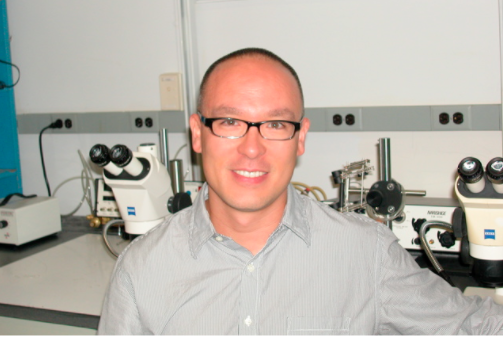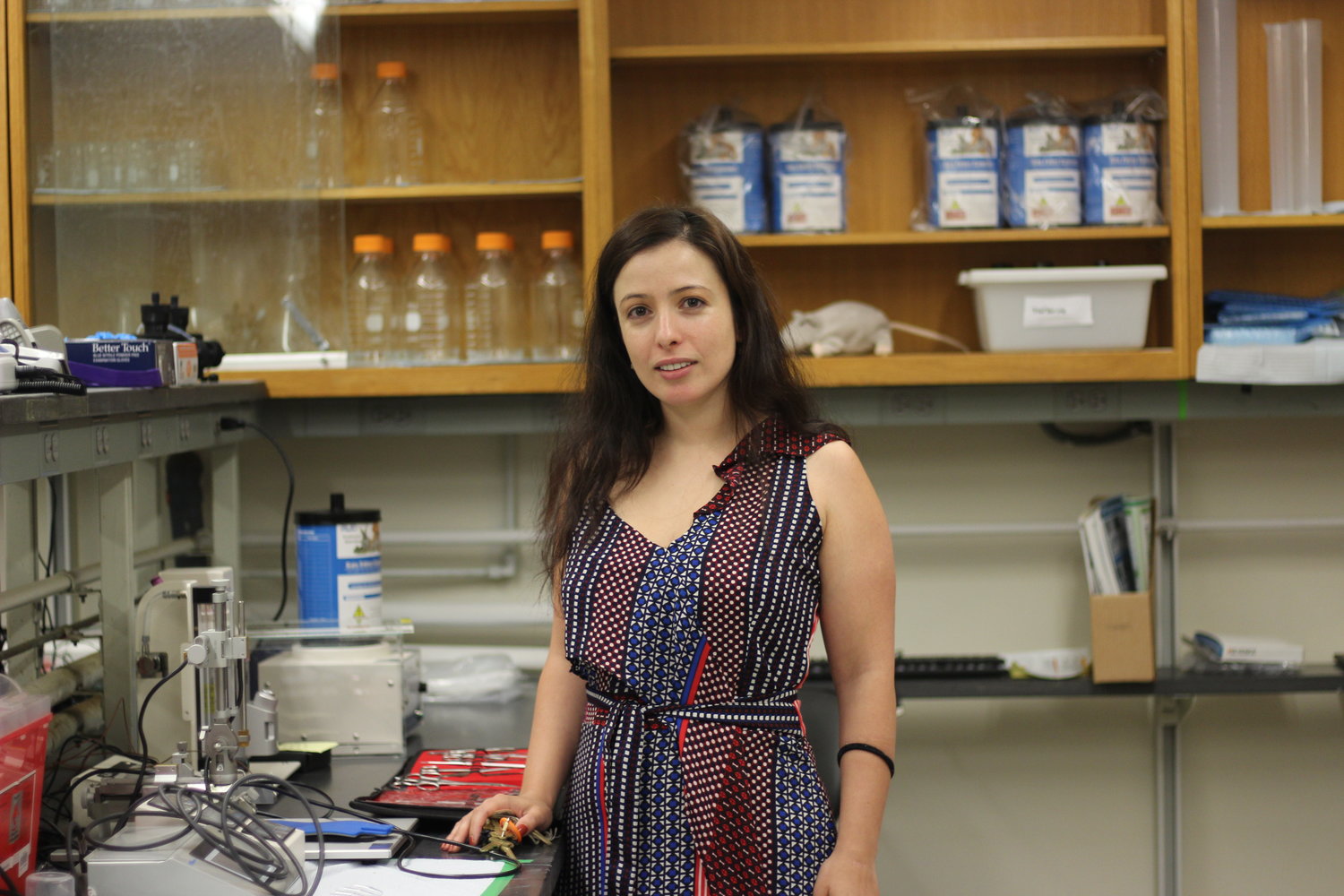Perhaps some of the most important contributions to science is the ability to manipulate DNA. A notable discovery is humulin, the genetically modified insulin. By reducing the cost and increasing the safety, the treatment improved the quality of life for millions of patients. Since humulin’s approval in 1978, hundreds of gene therapy treatments have been approved. Scientists can insert a normal gene to compensate for the defective one an individual was born with.
Over the past few decades, all the developments in gene therapy are countered by religious, ethical, and socioeconomic concerns over its misuse. The most prominent argument against gene therapy is whether we should edit the genes to treat disease. It is often regarded as unnatural and dangerous because we cannot foresee the effects down the line. The idea of picking and choosing your genes leads to comparisons between gene therapy and eugenics. It is important to note that the eugenics movement sought to increase desirable qualities of select races, whereas gene therapy seeks to improve the quality of life for patients.
Current drugs for a lot of diseases merely treat, rather than targeting the source of the illness. The vast majority of diseases have a genetic component. This makes it so critical to continue developing new therapies. People value their health and if gene therapy can improve the lives people would have had, then it’s worth it. There are therapies for hemophilia, sickle cell anemia, and certain kinds of cancer. If gene therapy is regarded as a form of enhancement, then consider all the other things people do to change themselves: plastic surgery, cosmetic improvements, diet and exercise. Scientists in the United Kingdom have been working to treat mitochondrial diseases by creating three parent embryos. This is a type of in-vitro fertilization that takes a healthy mitochondria from a third parent. Because the mitochondria, usually inherited only from the mother, has its own DNA, it can be said that the child has three parents.
With gene therapies, we are changing the course of evolution. Treating diseases at the level of DNA once seemed like science fiction. With all of the recent advancements in science, it is possible to turn it into a reality. Despite the ethical concerns, the number of treatments approved by the FDA show that they have potential to improve people’s lives.
The treatment is only as accessible as it is affordable. Novartis Pharmaceuticals’ new therapy Zolgensma made headlines for its hefty $2.1 million price tag. It is meant to treat spinal muscular atrophy; a muscular degenerative disorder where the patients only live a few years. Not all insurance companies cover Zolgensma, leaving families wondering how to acquire this life saving treatment. This is the most expensive therapy out there, but highlights how cost can leave families scrambling to provide relief for their children. The cost of all gene therapy medications should be made affordable so medication can do its job of improving quality of life. There is the fear that only the wealthy will have access to gene therapies.














